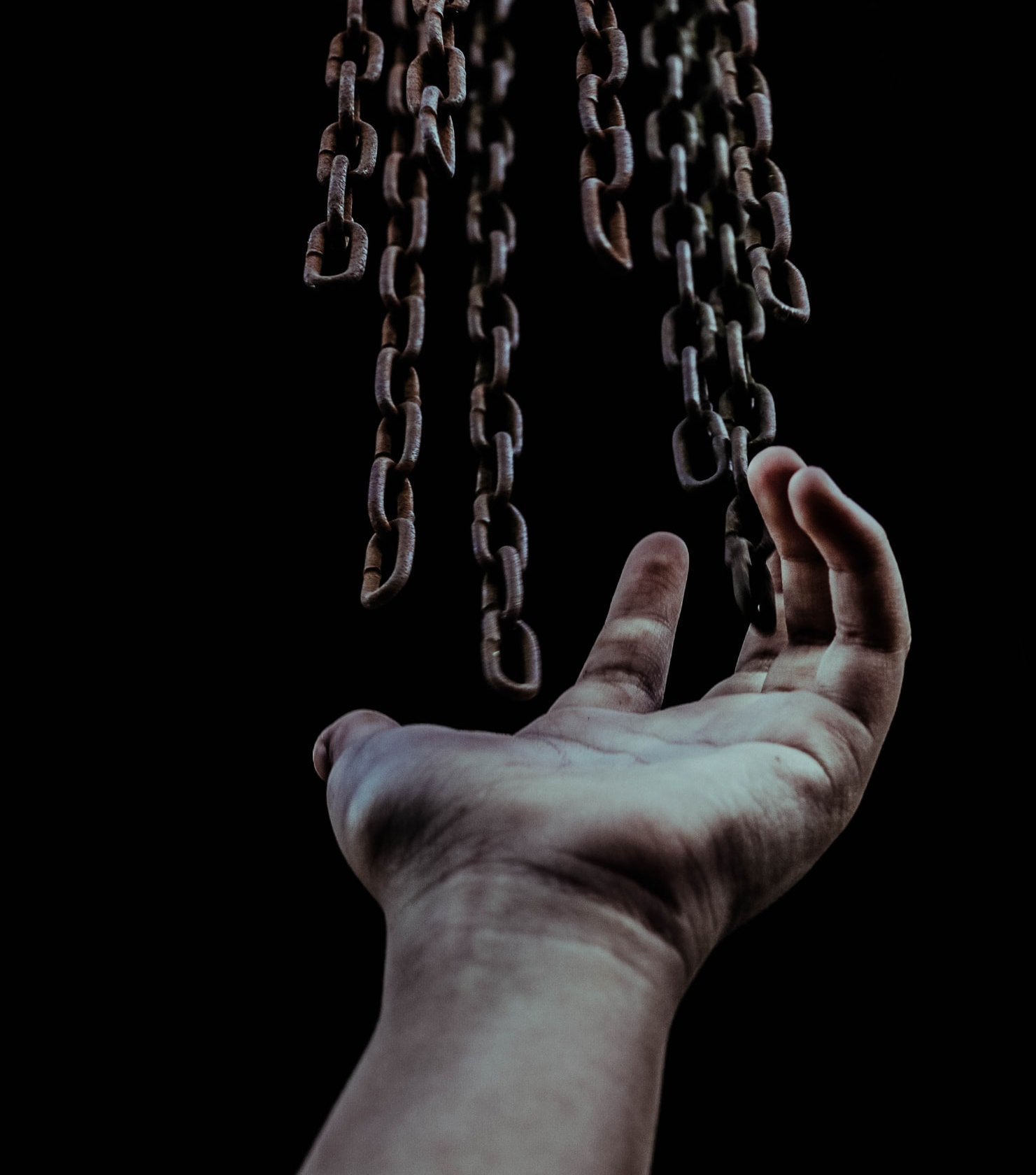A mortgage is likely one of the biggest debts that one will carry in their life and can become a massive financial burden. This debt can limit one’s freedom to live and give. When finances are limited most people feel the best solution is to get a mortgage to purchase a house.
But what people don’t often think about is the bottom line amount that they actually pay in order to purchase their house. A mortgage consists of the principal (the cost of the house) along with the interest (the fee that goes to the bank to be able to borrow their money). A family purchasing a house for $200,000 may pay a total of $350,000 by the time a house is paid off. The interest of $150,000 is paid to a bank! But because most people don’t have $200,000 cash, to own a home, they need a mortgage.
How can we be good stewards of our money and send less of it to a bank?
First, it’s important to understand something called amortization. Amortization is where the lender makes sure that they get paid most of the interest first.

The red line represents the principal portion of the mortgage. At the beginning of a loan, it is a small portion of the total payment. The blue line represents the interest. This is the money that is paid to the lender to borrow the mortgage.
After 222 months (18.5 years), the interest begins to be smaller than the principal and the principal begins to be paid more quickly.

The first year’s payment on a 30 year loan is primarily interest.
This is what the first year of a mortgage payment may look like. In this example, $8,237 was interest and only $3,431 went to pay for the actual cost of the house. After the first year, the debt owed is $196,569 of the $200,000 original cost of the house. By the end of the loan, the payment is primarily principal and very little interest.

So what are strategies for paying down a mortgage more quickly or not having a mortgage at all?
1. Choose a 15-year loan instead of a 30-year loan.
The most common mortgages are either 15 or 30-year loans. Some people choose the 30-year loan because its less money out of pocket each month, but it comes with a bigger price tag overall. According to this simplistic example, the total interest paid on a $200,000 loan over the 30 years would be about $150,000. But if that same $200,000 loan was over 15 years, the amount paid in interest would be closer to $57,000 dollars. That’s a huge savings of $93,000!
2. Make extra payments on your loan.
Making extra payments towards your principal can knock years off your loan. When making extra payments towards your principal be sure to send a note with the payment stating that it is to go towards the principal.
On our previous example of a $200,000 15-year mortgage, $100 extra dollars a month towards the principal will knock off 1 year of your mortgage. $200 a month extra will knock off 2 years. And $300 a month will knock off 3 years.
If you have a 30-year mortgage, every $20 extra a month towards the principal will knock off 1 year of your mortgage and save $6,700 of interest. $100 a month extra will knock off almost 5 years and save $28,000. $200 extra a month towards the principal will knock off 8.5 years of the mortgage and save $47,000 in interest.
Be sure to check with your mortgage company that there are no prepayment penalties before making extra payments.
3. Put 20% down on the first payment, instead of prior to the first payment.
Most people put 20% down before they begin paying their mortgage. Many lenders require putting something down. It may be as small as 5%.
By putting down 20% towards the principal on the first payment instead shortens a 30-year loan by 9.5 years and saves $72,500 in interest. The same 20% down shortens a 15-year loan by 3 years and 9 months and saves $28,600 in interest.
4. Live in your parents’ home or tiny house, while saving money to pay for a house with cash.
Without a mortgage payment or the many added expenses that come with owning a house, savings towards a house could build quickly.
Begin by asking how much your future home will cost. Then find out how much the mortgage payments would be each month. Combine that with the normal additional expenses of insurance, utilities, upkeep, etc. and put away those monthly payments into an interest-bearing account. It will take less than half the time to save for a house than to pay off a mortgage.
Once you are mortgage-free you may want to continue to put a smaller “mortgage payment” away each month so that down the road if you move to a more expensive area, need to purchase a larger home for your growing family, or want to purchase a house to rent out, that you’re able to do so with cash.
No matter your method, breaking free from a mortgage is one of the best financial moves that you can make. When you’re free of paying debtors, then you are free to live and give.




